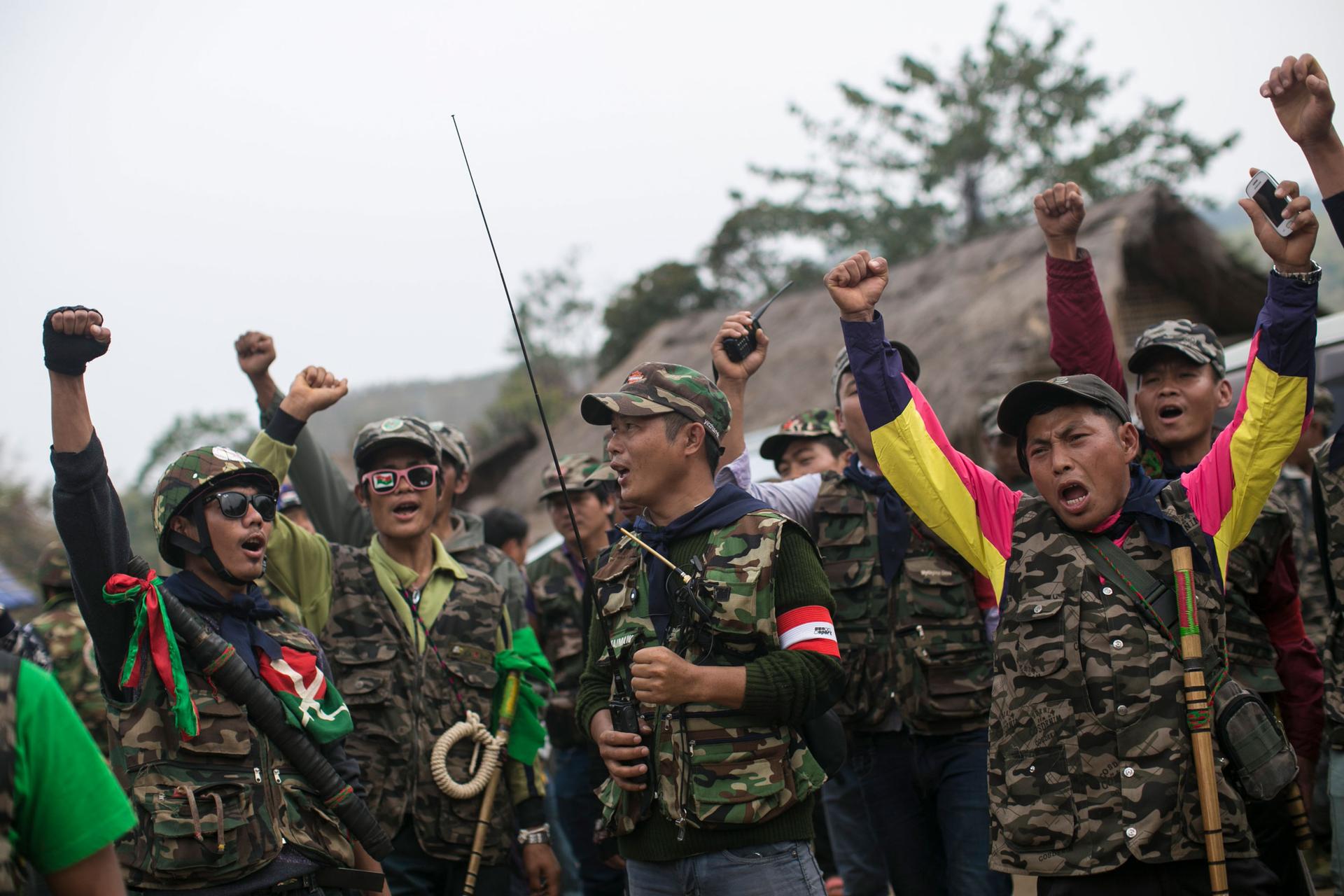Rebel alliance: Part II
This analysis was featured in Critical State, a weekly foreign policy newsletter from Inkstick Media. Subscribe here.
Revolutionaries, in form and function, frame their work as a cure for the body politic. The history of revolutions is at least as much a history of organization and skill by those seeking to overthrow political order, as it is a failure of a political establishment to cure what ails it. This failure can take many forms, variations of an existing political and social order inadequately addressing the needs, rights, and desires of a wide cross-section of people within a country.
When revolutionaries and rebels seek to challenge that order, they can do so by addressing the harms done to the bodies of the people within it. In “Defending Society, Building the Nation: Rebel Governance as Competing Biopolitics,” authors David Brenner and Martina Tazzioli argue that the way revolutionaries treat bodies is part of how they define and demonstrate the world they are trying to build.
To understand this in practice, the authors open with the role of the Pat Jasan, a non-state movement waging a war on drugs in northern Myanmar. The Pat Jasan is linked to the Kachin Independence Organization, a ethnonational rebel movement.
“Locally, the cheap availability of opiates and methamphetamines has fueled a public health crisis among already marginalized ethnic minority populations in the context of protracted civil war,” the authors write. They then pose this question: “Why would a rebel movement involve itself in a public health campaign against drugs, especially in a context where many other armed actors fund themselves through the drug trade? And what kind of political and social orders emerge from such interventions?”
Last week, and also in March 2021, Critical State examined resource dependence and resilience among rebel groups, and how control of drug fields or smuggling routes can sustain rebellions. While there are merits and disadvantages to both direct control and functioning as intermediaries, actively destroying a resource with direct black market value must come with some benefit, or else rebels wouldn’t do it.
In this case, the authors argue, “rebels might not only or even primarily provide public goods in exchange for public support. Rather, we propose that rebels engage in governing populations because sustaining and optimizing life is precisely what establishes their sovereignty in the absence of formal statehood.”
The provision of material aid, from bread to shelter, can be seen across rebel groups, looking to win over a population they need against a more heavily armed and repressive central government. But governance is more than material, and the authors point to the role of justice administration and health clinics as ways in which rebels demonstrate themselves as providing government in ways the central government won’t.
By governing in direct contrast with the state, including both destruction of poppy fields and movement-operated rehabilitation camps for users, the movement provides an alternate vision and even reality of governance. Or, as the authors put it, this work molds a population “into imagined communities in direct opposition to the existing nation state.”
By forsaking the material benefits of controlling narcotics that cause direct public health harms, the rebels are demonstrating an imagined cure for body politic.
Related: Rebel alliance: Part I
Critical State is your weekly fix of foreign policy analysis from the staff at Inkstick Media. Subscribe here.
